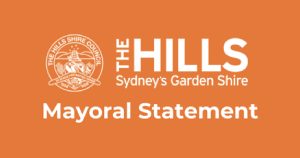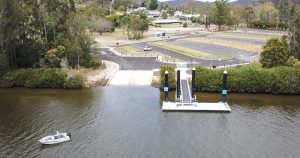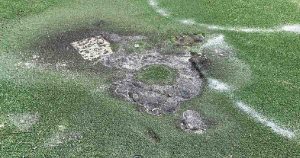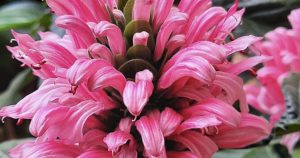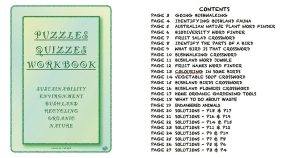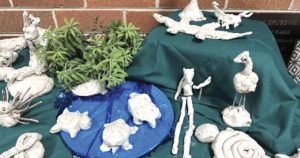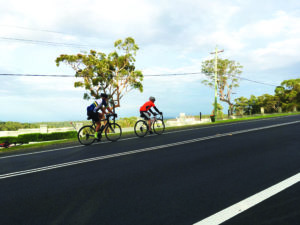
In Australia, we have been very fortunate not to be subjected to a full civic lockdown, which has occurred in more densely populated countries. Furthermore, we have been permitted to exercise outdoors in and around our places of residence. And after our apocalyptic bushfire season, everyone has a newfound appreciation of the sublime autumn weather and greened up scenery after finally being blessed with good rains.
Locally, there have been quadruple the number of dogs being walked, families and children cycling together to our beautiful local parks like flocks of brightly coloured birds, young people bursting with energy out jogging or powerwalking together and many pairs of previously reclusive olders purposefully out walking absolutely everywhere! (Cue the Louis Armstrong song, ‘What a Wonderful World.’)
What has also become clear, worldwide, are the breathtakingly pristine day and night skies and all the spaces monopolised by traffic infrastructure, silent and devoid of traffic. There have been reports of birds heard singing in the streets of cities like Bangladesh for the first time in decades, Dolphins frolicking in the lagoon of Venice, the Great Wall of China and the Himalayas visible to horizons that were totally obscured by air pollution for a hundred years. It is clearly evident for all to see that Creation has heaved a collective sigh of relief.
But it’s not over yet. There are winners and losers from this situation. We need to continue to be brave and learn from this, see opportunities, all the while aiming at remaining engaged with one another and our natural and built environments or we won’t get our ‘new normal’ right.
We get precisely one shot at this. We Ride Australia highlighted a letter endorsed by over 100 experts across our medical, academic and planning professions- sent last month to every transport minister of Australia regarding the role of walking and cycling as a means of pandemic prevention and economic recovery. Here is an excerpt;
“Walking and cycling, whether for essential workers to commute to and from work, or for the purposes of recreation, provide easy opportunity for physical activity and adherence to social distancing. Physical activity has substantial and wide-reaching physical health benefits (such as reducing the risk of cardiovascular disease, cancers, dementia and diabetes), and is also beneficial for mental health.
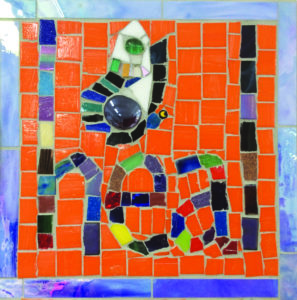
There are numerous examples across the world of the rapid roll-out of social distancing infrastructure to support cycling and walking during the COVID-19 pandemic. Measures have included reduced speed limits, widened footpaths, emergency cycle lanes, streets closed to motor traffic or removal of manual pedestrian buttons. New Zealand have recently announced substantial funding to support the roll-out of interim measures to make it safer and easier for people walking and cycling,8 and the UK have given local authorities the power to quickly and easily make roads car-free, widen footpaths, or install temporary cycle lanes.9 As yet, we have not seen a similar response in Australia, despite the urgent need.
Thus, we call on decision makers to take urgent steps to enhance walking and cycling during the pandemic through these or other measures to ensure that safe physical activity and social distancing can occur on our streets now and when the economy is reopened. “ READ the full letter here: https://www.weride.org.au/wp-content/uploads/2020/04/PublicHealthLetter_FINALembargo-b.pdf

